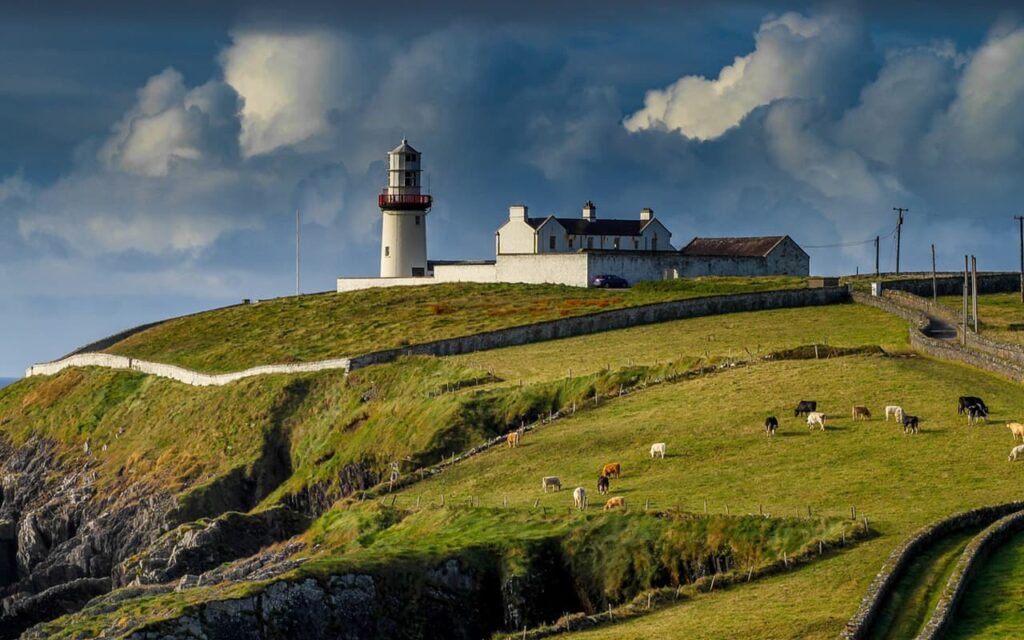Irish settlement of Newfoundland and Labrador peaked in the first two decades of the 19th century, when 30,000 to 35,000 immigrants arrived on the island. As in the previous century, most came from ports in southeastern Ireland, which had established commercial ties with the colony in the 17th century. However, unlike earlier migrations, the migrations that took place after 1780 were increasingly permanent rather than seasonal or temporary. This was largely in response to changes in the fisheries of Newfoundland and Labrador at the turn of the century, which created numerous employment opportunities for permanent residents.
Newfoundland and Labrador experienced sudden economic prosperity in the early 19th century, as the Napoleonic (1803-1815) and Anglo-American (1812-1814) wars gave the colony a near monopoly on the international saltwater fish trade. This, in turn, helped change coastal fishing from a migratory industry to a permanent one.
At the same time, Britain reduced its migratory fishing fleet to avoid the dangers of transatlantic trade and to attract fishermen to its navy – the number of British ships heading to Newfoundland decreased from about 300 in 1792 to less than 50 in 1817 and only 15 in 1823. In contrast, the permanent population of Newfoundland and Labrador increased steadily during the wars as immigrants arrived to avoid service in the British military and to participate in the colony’s growing fisheries. The emergence of a local shipbuilding industry, seal hunting, and the winter trapping season helped diversify the colony’s economy and make year-round living possible.
Most of the immigrants landed in St. John’s, where the Irish population grew from about 2,000 in 1794 to 14,000 in 1836. Others landed in Placentia, Treasure, and other fishing centers on the east coast. Many chose to leave their landing sites and settle elsewhere on the island, although the vast majority remained on the Avalon Peninsula at St. John’s, Placentia, and points in between. Significant numbers have also settled in Conception Bay and areas along the island’s northeast coast.
Often, new migrants found work with relatives or other Irish settlers who had already settled on the island. Many worked in the fishing industry, catching and treating fish, or less commonly as merchants and sales agents. A smaller number found work in other sectors; these included farmers, shop and saloon keepers, tailors, artisans, masons, bakers, domestic servants, and general laborers.
